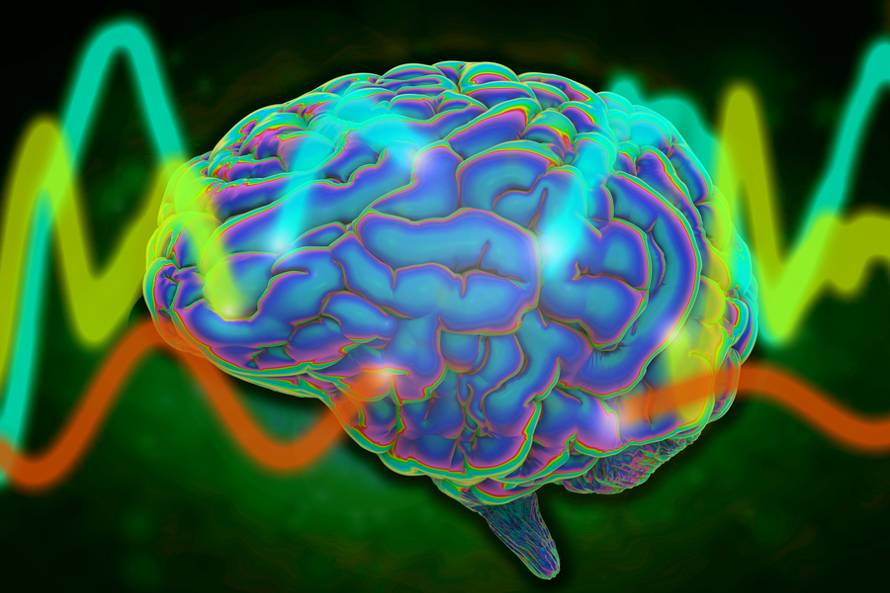In the brain’s cortex, neurons are arranged in six layers, visible under a microscope. MIT neuroscientists discovered that these layers exhibit specific electrical activity patterns consistent across various brain regions and animal species, including humans.
The top layers display neuron activity dominated by fast gamma waves, while deeper layers exhibit slower alpha and beta waves. This universal pattern suggests a fundamental role in brain function, according to Earl Miller, a neuroscience professor at MIT.
The researchers speculate that imbalances in how these oscillations interact could be implicated in brain disorders like ADHD. Robert Desimone, director of MIT’s McGovern Institute for Brain Research, likens it to an orchestra where one out-of-sync instrument can disrupt the entire piece.
The study, led by MIT’s Diego Mendoza-Halliday and Alex Major, explored the layered oscillation pattern across different cortex areas and species. Special electrodes and a new algorithm called FLIP were used to record and identify signals from all layers simultaneously.
The consistent layered activity pattern across species and regions supports the idea that the cortex’s spatial organization allows it to integrate new information with existing memories. This may play a role in various tasks, from following a recipe to remembering a phone number.
The researchers propose that imbalances in high- and low-frequency oscillations can contribute to attention deficits (e.g., ADHD) or delusional disorders (e.g., schizophrenia). Maintaining the balance between top-down control and bottom-up sensory signals is crucial for normal brain function.
The team aims to explore whether measuring these oscillations could aid in diagnosing disorders and whether rebalancing them could be a potential treatment. They also seek collaboration with other labs to characterize layered oscillation patterns across different brain regions in more detail.


